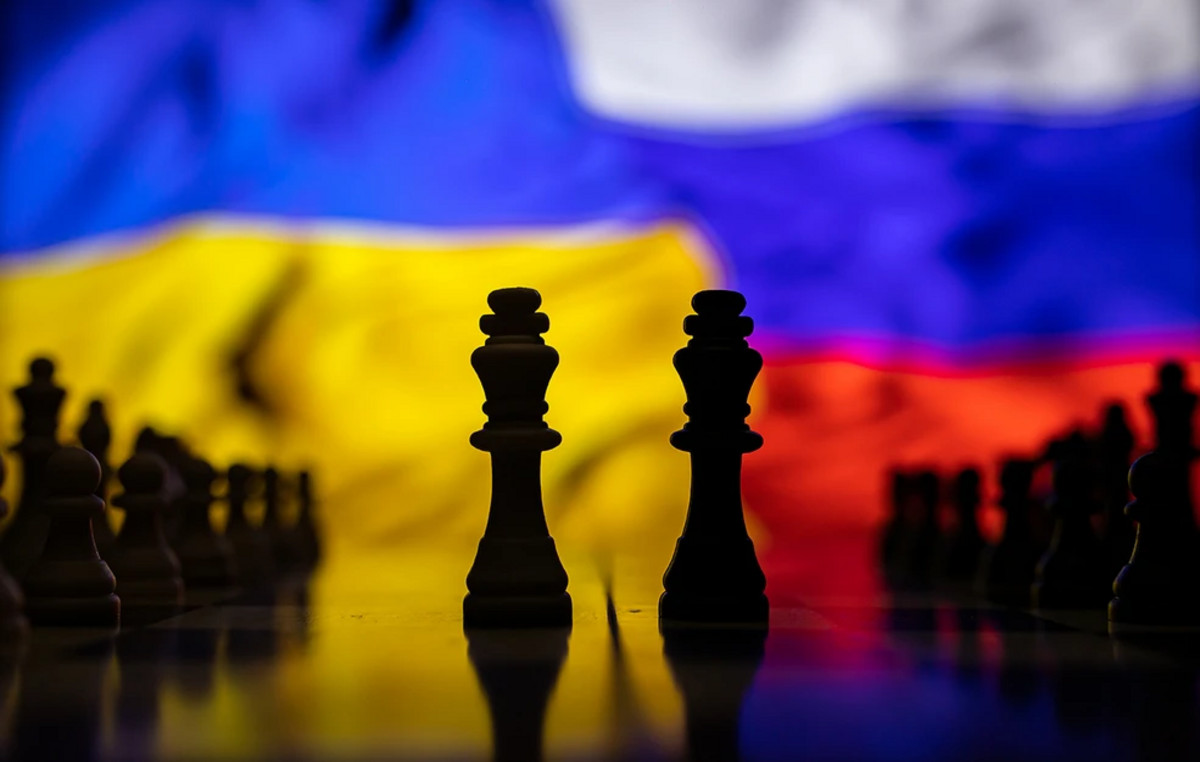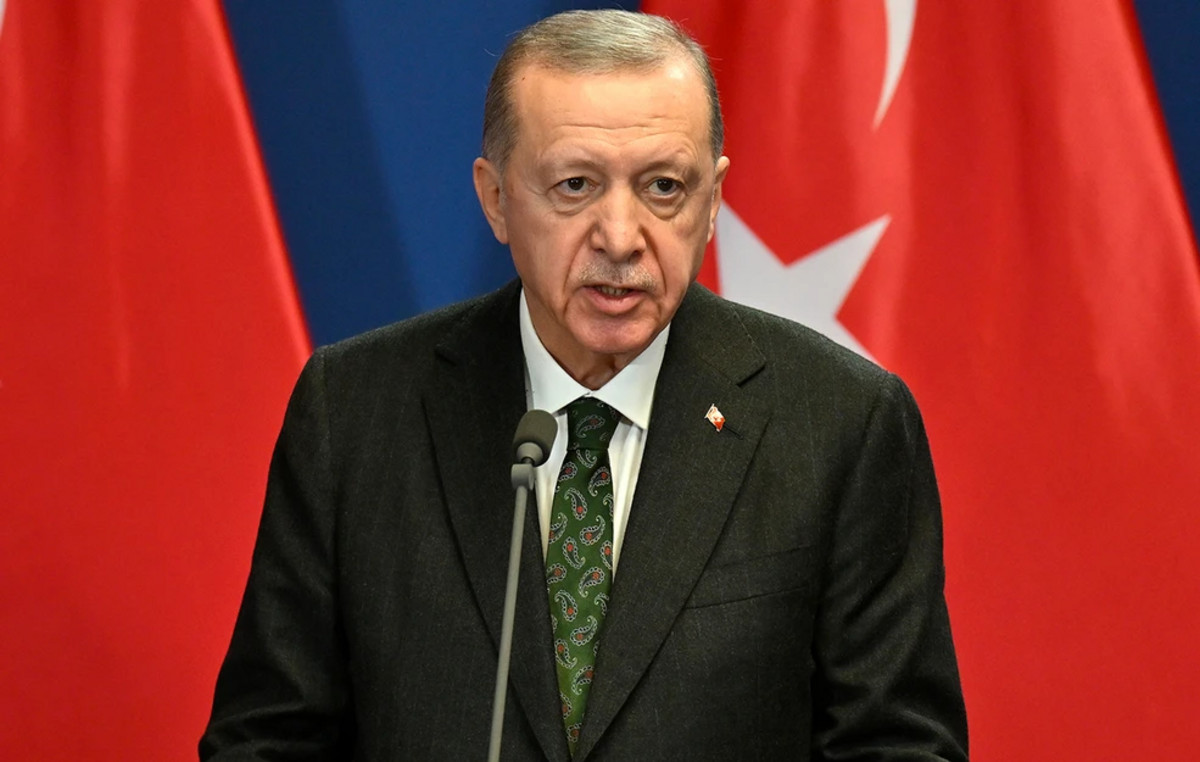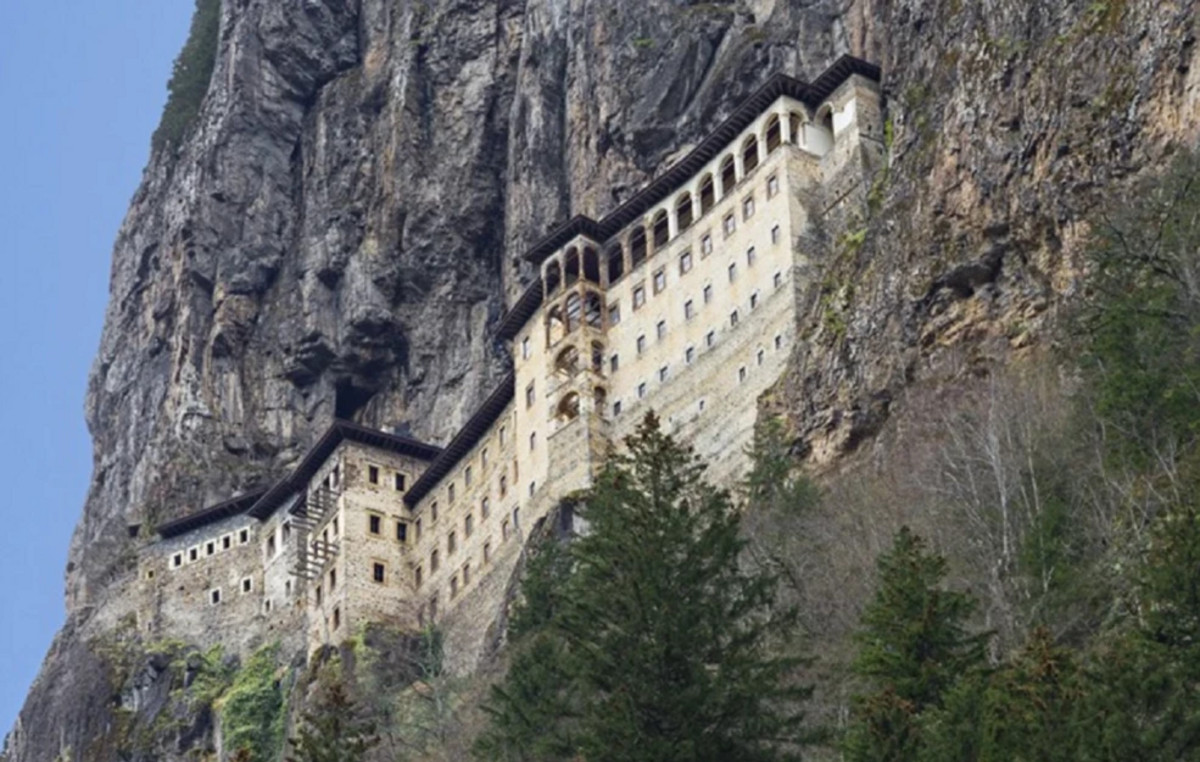The circuit of museums and monuments is long and inspires reflections on how much the racial cause matters. This Sunday (12), we passed through Black Lives Matter street, located in front of the White House, seat of the American government; we went to the Martin Luther King Memorial, also in the downtown area; we were at the Abraham Lincoln Memorial; and finally, at the National Museum of Afro-American History and Culture – another privileged place, on National Mall Avenue, also known as “the garden of America”, which brings together several places about the country’s history.
All places mentioned in this text offer free admission to visitors. It’s not just a location. What is important for a State must be in the eyes of or brought closer to those with decision-making power and accessible to the public. These museums and monuments tell history. Thus, memory is marked by foundations that fight cowardice, segregation and injustice, so that they decrease or stop happening. Therefore, it is not surprising to observe that there are old and very recently inaugurated points to talk about the racial struggle in the American capital. Talking about the racial issue is a constant here.
After the death of George Floyd and new clashes between protesters and police forces, the street in front of the White House was officially called Black Lives Matter. The windows of the US government headquarters, ministries or other public buildings face what cannot be forgotten. The inauguration took place in mid-2020 but, in addition to being celebrated, it also raised criticism from activists who saw it as a form of “distraction” from the real problems. This reinforces that proximity to Power is, even if very important, only part of the complex struggle against racial segregation.
Nearby, as we enter the Luther King memorial, the guide notes that the giant statue of the black activist faces directly into the Thomas Jefferson Memorial, author of the United States Declaration of Independence. While the former US president was instrumental in advancing human rights, King was an icon in the civil rights struggle. “King is looking in the direction of Thomas Jefferson on purpose. Jefferson wrote the declaration of independence that says ‘all men are created equal’. In other words, all men are equal. But it was Martin Luther King who gave his life to make this dream come true in the USA”, emphasizes guide Vinícius Portugal, a Brazilian who works as a lawyer for the US government and voluntarily accompanies tourists on tours in the capital.
The King statue is not the oldest in the city, it has been in existence since 2011. At that time, the president of the Martin Luther King Memorial Foundation pointed out that it was “the first monument on the National Mall that is dedicated to a man of color, of hope and peace”.
The memorial is divided into a huge stone block broken in half and, in front, another piece of that stone as if Luther King had crossed the barrier. He appears sculpted with arms crossed. On the side, it is written: “From the mountain of despair, a stone of hope”. It is one of the most contemplative monuments I have ever visited. Then we went to the Abraham Lincoln memorial, one of the highlights of the day because we were at the place where Luther King spoke the famous phrase “I have a dream”.
african american museum
For those who had the dream of entering a museum on the history of black Americans, this can only be realized after 2016, when the National Museum of African American History and Culture opened, simply the only one dedicated to the documentation of historical life. and black culture.
The choice for the pain or triumphs of black American history can also be seen here. In the basement, there are references to the trafficking of blacks in colonization, to work in the countryside, to families dissolved by slavery. Until the election of Barack Obama and the couch of interviews of the super Ophra Winfrey.
On the higher floors, which represent a good part of the space, I found the opposite: music, sports, art, cinema and journalism made by black professionals.
Screens, panels, objects tell more about Ophra Winfrey, Michael Jordan, Beyoncè, Viola Davis, Barack Obama and many others. Also about the lives of lesser-known people, such as Mary Ann Shadd Cary, who in the 1850s was the first African American to write and edit a newspaper, Provincial Freeman, about abolitionism, women’s rights and black immigrants. Another example is a photo of the smiling singer and dancer Josephine Backer, from 1925. Also considered the first black superstar. No wonder, all nicknames recorded in her biography refer to her skin color: Black Pearl, Black Venus, Creole Goddess.
* Basília Rodrigues traveled at the invitation of the US Embassy in Brazil
Source: CNN Brasil







